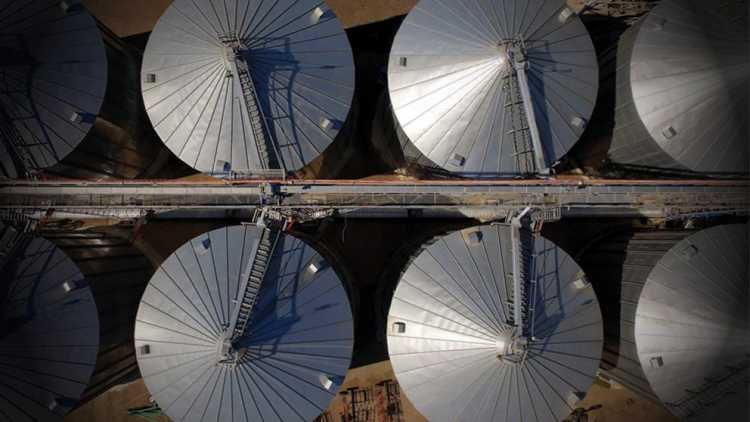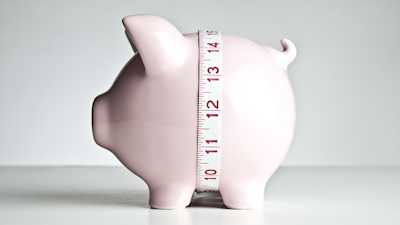Do you know your cost of production?

It’s becoming increasingly important for farmers to know their cost of production (COP) numbers to maximize profits and minimize potential losses. They’re invaluable early warning signs that financial trouble spots may be ahead.
Knowing actual COP is a “critical first step” in keeping a finger on the pulse of the operation, says Darren Bond, farm management specialist with Manitoba Agriculture and Resource Development in Teulon, Man. “Usually crop production is calculated on a per-acre (or per hectare) basis for grain operations and then converted into a cost-per-bushel (or tonne) sold.”
COP for beef
Cow-calf producers will commonly assess COP on a dollar-per-cow basis. Some are now using dollar-per-pound of calf weaned instead, because weaned calf sales are their main source of revenue. To calculate the breakeven point, divide the herd’s total production costs by total pounds of calf weaned for a per-unit COP.
“Calculating your numbers can seem daunting, but it doesn’t have to be overwhelming,” Bond says. There’s no need to reinvent the wheel if you start with a template available from your provincial agriculture department, or software like FCC’s AgExpert Field.
“It’s really important to personalize them by entering your own numbers,” Bond says. “Everyone’s COP is so different that only your own figures will give you the information you need.”
Track fixed and variable costs
COP is broken down into two broad categories: fixed and variable. Fixed costs are expenses like land and equipment payments, depreciation, property taxes and personal withdrawals. Variable costs include seed, fertilizer, fuel, repairs and livestock feed.
“Most farmers have a pretty good understanding about what their variable costs are per acre, but it can be tricky trying to determine fixed costs,” Bond says. “I usually advise producers to start by entering their actual land and equipment payments, labour costs, and living costs, and averaging them over their acres.”
A grain and oilseed producer’s fixed costs might be $150 an acre, but variable costs would be different for every crop. Canola might come in at $450 and oats at $325, for example. So when the fixed and variable numbers are combined, the breakeven cost for canola would be $600 an acre and oats would be $475.
What-if scenarios can help you determine which options have the most profit potential.
Once you know your numbers, use “What if” scenarios to show how you would fare under different yield and price combinations to determine which crops have the most profit potential. Using the example from the previous paragraph, a 50-bushel canola crop would have to sell at $12 a bushel, and a 125-bushel oat crop at $3.80 a bushel, to break even.
You absolutely need to know your COP to make informed decisions in your farming operation. And be sure to reach out for expert advice when in doubt.
Calculate your cost of production
Your numbers are unique to your operation, so ask yourself these questions:
What is my breakeven cost considering fixed and variable rates for each commodity I produce?
How would I fare under different yield and price combinations?
Check out our Business Essentials article on Knowing your cost of production for better decision making
From an AgriSuccess article by Lorne McClinton.

Cost of production analysis can be useful for both big and small farm management decisions. And it all starts with good farm record keeping.
